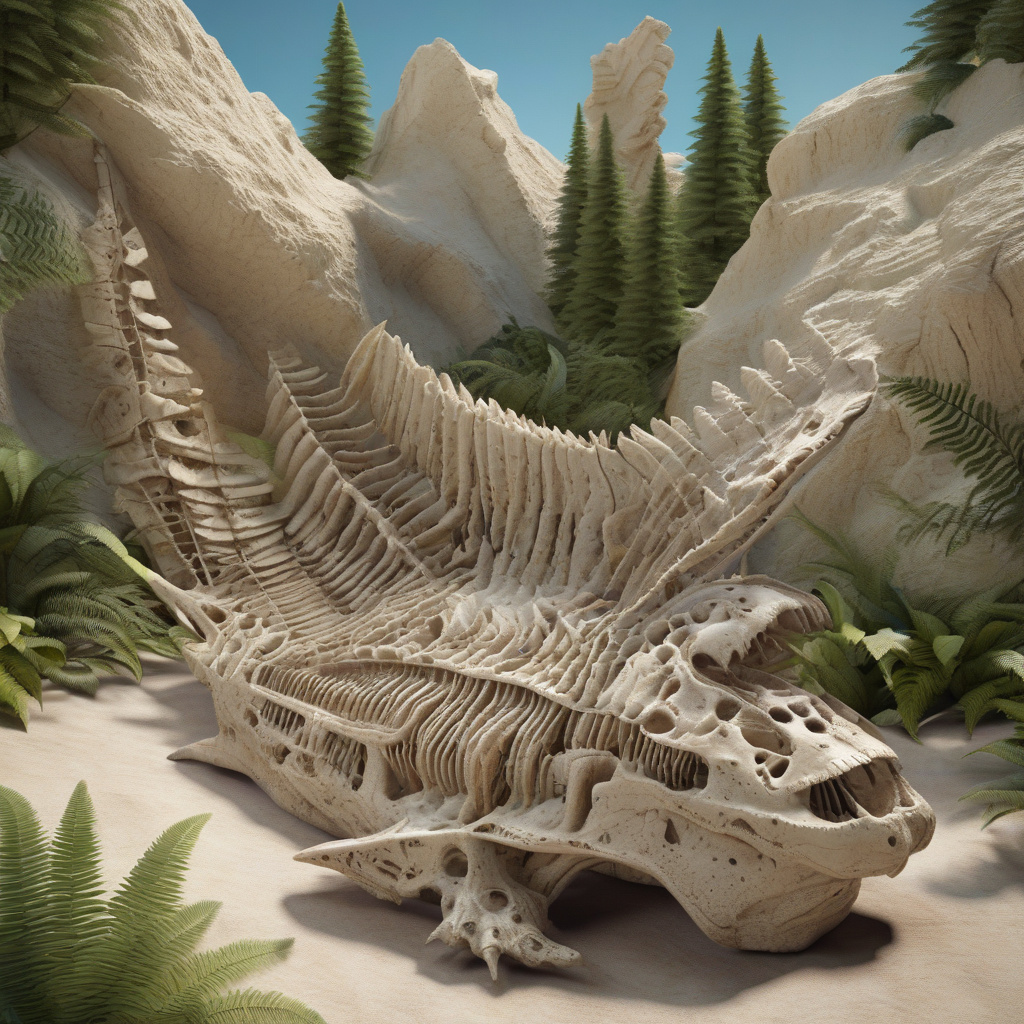Fossil of Jurassic-era bird that lived 150 million years ago reveals flight secrets
People have long been fascinated by how birds came to be. Archaeopteryx, often hailed as the first bird, has been a subject of intrigue for scientists and enthusiasts alike. Recently, a remarkable discovery has shed new light on the evolution of flight in birds. A fossil of a Jurassic-era bird that lived 150 million years ago has been unearthed, unveiling secrets of how these ancient creatures took to the skies.
The fossil, named Aviornis, was found remarkably well-preserved in a limestone slab in what is now southern Germany. This exceptional specimen has provided researchers with a rare opportunity to study the intricate details of early bird anatomy and flight adaptations. By analyzing the structure of the wings, feathers, and skeletal features of Aviornis, scientists have gained valuable insights into the evolutionary history of avian flight.
One of the most significant revelations from the Aviornis fossil is the presence of asymmetrical feathers on its wings. This characteristic is a key adaptation for powered flight, as it allows birds to generate lift and maneuver through the air effectively. The discovery of asymmetrical feathers in a bird from the Jurassic period suggests that this feature evolved much earlier than previously thought, pushing back the origins of advanced flight capabilities in birds.
In addition to its wing structure, the Aviornis fossil also provides clues about the bird’s size and lifestyle. Based on the size of the specimen, researchers estimate that Aviornis had a wingspan of approximately two meters, making it a medium-sized bird for its time. Analysis of its bone structure indicates that Aviornis was well-suited for active flight, further supporting the idea that early birds were proficient fliers.
Furthermore, examination of the fossilized feathers has revealed intricate details about their composition and arrangement. The presence of melanosomes, pigment-containing organelles, in the feathers indicates that Aviornis may have had iridescent plumage, similar to modern birds like hummingbirds and starlings. This suggests that visual displays and communication through colorful feathers may have been an important aspect of avian behavior since ancient times.
The discovery of the Aviornis fossil underscores the importance of studying ancient bird species to understand the origins of flight and the diversity of avian adaptations. By piecing together clues from fossils like Aviornis, researchers can reconstruct the evolutionary history of birds and trace the development of flight-related features over millions of years.
As technology advances and new fossil discoveries are made, our understanding of the ancient creatures that once roamed the Earth continues to grow. The story of Aviornis adds another chapter to the rich tapestry of avian evolution, highlighting the remarkable adaptations that have allowed birds to conquer the skies for millions of years.
In conclusion, the fossil of the Jurassic-era bird Aviornis provides a fascinating glimpse into the early evolution of flight in birds. By revealing secrets of wing structure, feather asymmetry, and plumage characteristics, this exceptional specimen offers valuable insights into the ancient origins of avian flight. As scientists continue to study and analyze such remarkable fossils, we can look forward to uncovering even more mysteries of the prehistoric world.
bird, evolution, flight, fossil, discovery












